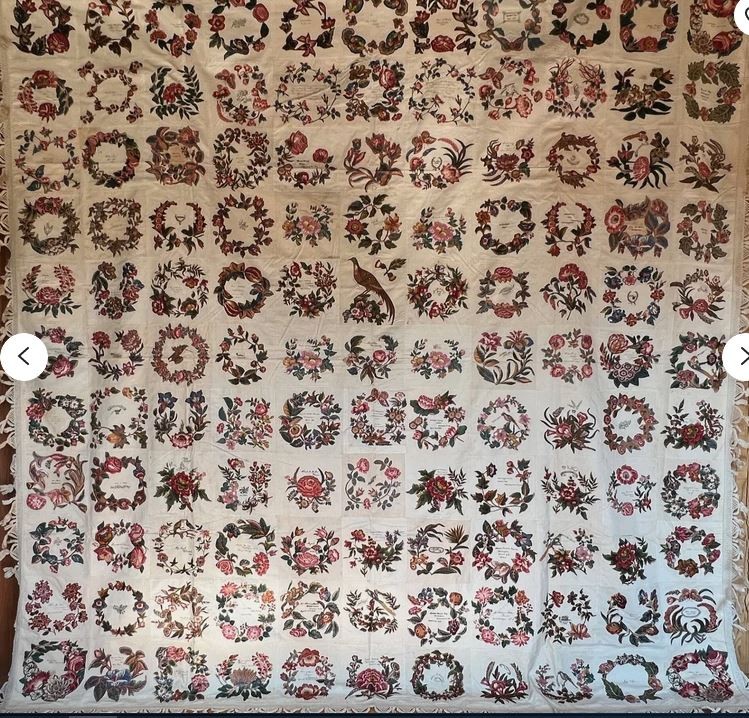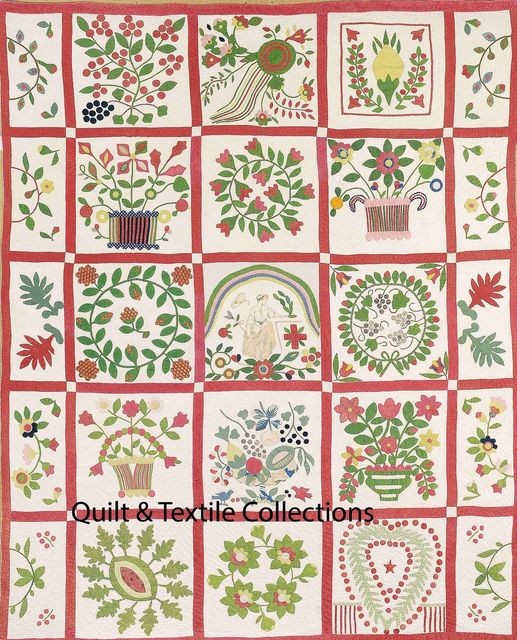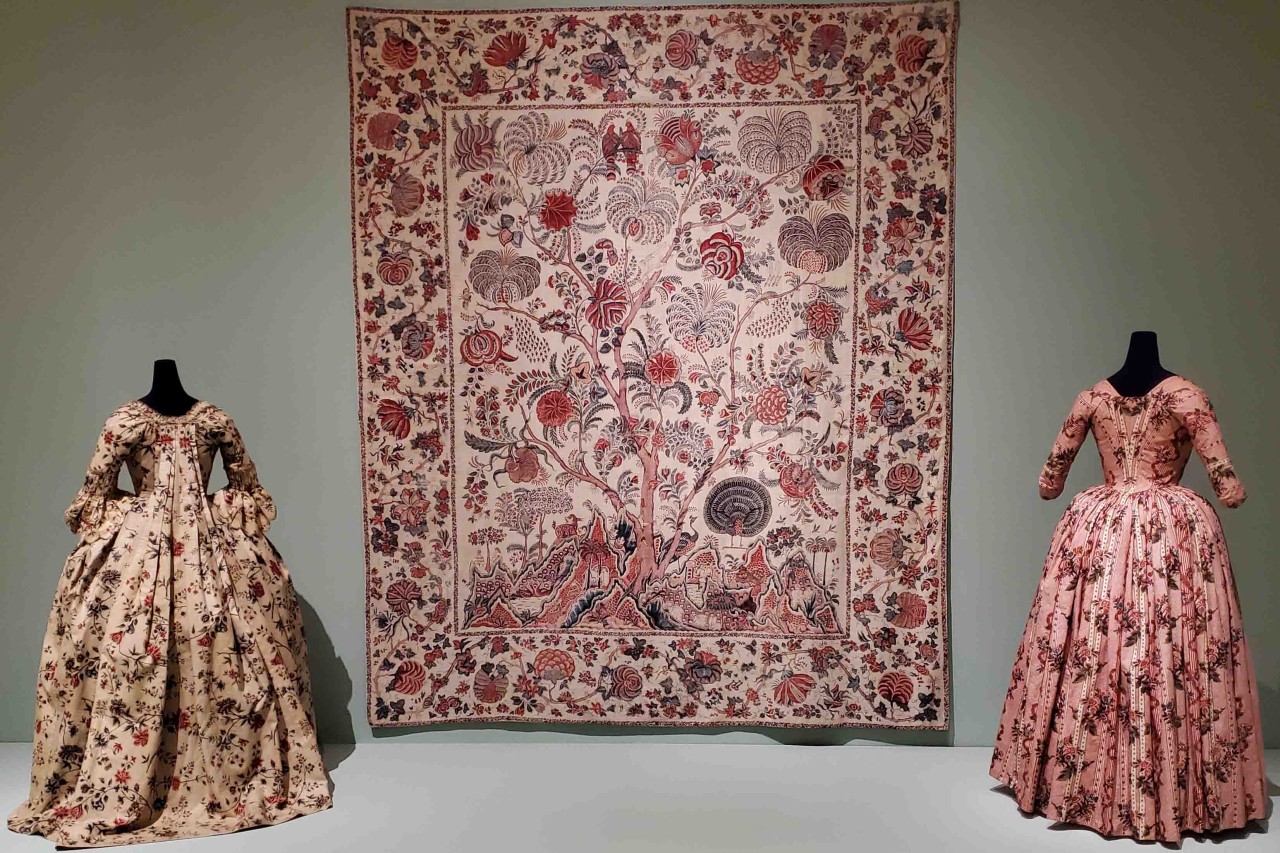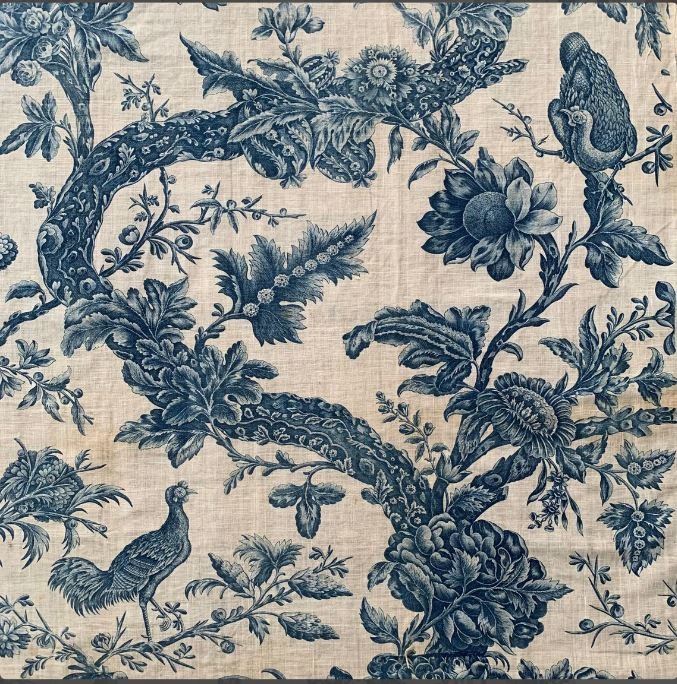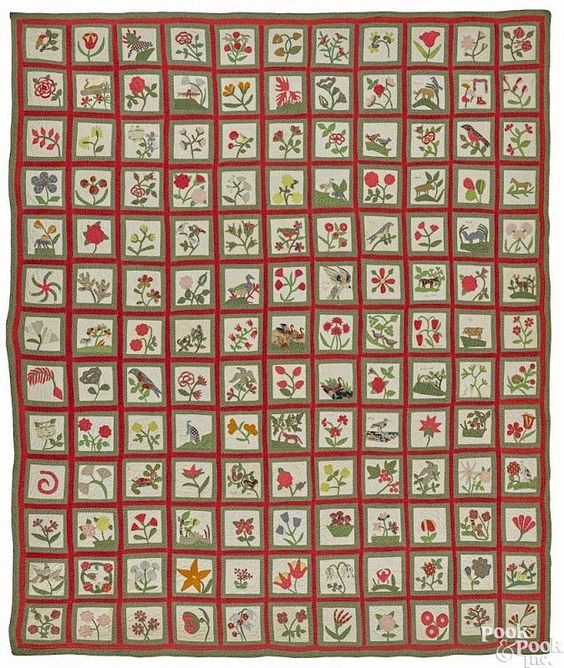
This past weekend I gave a presentation on these glorious applique quilts to the American Quilt Study Group. Every time I speak on the quilts, I ask for anyone to let me know if they are aware of a quilt that I haven’t talked about or shown. Huge thanks to Lorie Stubbs, Leah Zeiber, Peggy Norris, and Susan Morrison who contacted me with quilt images and information. Each one of these quilts that gets discovered, adds to the body of information and understanding of this particular style. I’d already planned this week’s blog to write on whether there were area styles within this regional style. I’m still collecting data, but I have noticed the red setting strips in the mixed albums seem to be found in the New York area. Peggy Norris wrote to me that...


